Ontario contractors and workers are preparing for the April 8 total solar eclipse with information outreach, job hazard analysis and plans for toolbox talks as the day approaches.
A recent meeting of the Ontario General Contractors Association Safety Advisory Committee included a review of safety plans for the event given its potential harm to eyes and also distractions.
“The ICI construction industry is prepared for this solar event and has communicated the potential hazards as well as how to avoid said hazards to their workers in advance of the event,” said OGCA president Giovanni Cautillo.
“It is not seen as an overly serious event since the duration is from one to five minutes, but it is recognized as one that has the potential to cause harm to eyesight as well as the potential for distraction, especially for linear road work.”
Workers left in the dark
The Infrastructure Health and Safety Association prepared an eclipse information sheet and distributed it to Ontario stakeholders in early March, with IHSA director of stakeholder engagement Jennifer McKenzie taking the lead.
A solar eclipse occurs when the moon completely or partially covers the sun. A total eclipse leaving territory in total darkness will be visible in parts of southern Ontario up to Newfoundland and Labrador, with parts of the rest of Canada experiencing a partial eclipse.
In Hamilton, the Niagara Region and a large swath of eastern Ontario, the eclipse will take place between 2 to 4:30 p.m. EST, with some locations experiencing a near total blackout for several minutes.
The IHSA warned that even though the moon is partially covering the sun, the sun’s radiation can still cause damage to the eyes. Directly looking at the eclipse, even a brief look, can cause harm to the eye’s light-sensitive cells.
No flimsy filters please
The bulletin urged stakeholders to create awareness of the rare event and educate employees. Suggestions included:
- Carry out a toolbox talk and educate workers on the health risks of watching the eclipse.
- Ensure job hazard analysis is completed and reviewed with workers.
- Take into account the change in conditions and the tasks being completed during the eclipse. It will get dark, so ensure there is adequate lighting for any tasks being done in low light conditions, and ensure high visibility clothing is available for workers, as appropriate.
- Educate workers on safe ways they can possibly view the eclipse. Emphasize the importance of using approved eye protection and avoiding any makeshift filters.
- Let workers know if they face health-related issues, to seek medical help immediately.
“The hope is people will control the hazard by ending outside activities early before the eclipse,” said McKenzie.
Richard Hayter, director of community relations for the Eastern Ontario and Western Quebec Building Trades Council, operating in territory that will be directly affected by the eclipse, said stakeholders in that region are sharing the IHSA bulletin and taking proactive steps to protect the eyesight of workers and their families.
Off road policy recommended
Cautillo said most members of the Safety Advisory Committee had drawn up a policy and planned toolbox talks.
It was strongly suggested, Cautillo said, that companies performing linear roadwork should have their workers take a break and remove themselves from roadwork for that period since drivers might be distracted.
Committee members pointed out drivers may even think it’s a good idea to videotape the event, even if driving, thus increasing the hazard.
“The potential for distraction is high,” said Cautillo.
“Let’s hope that this solar eclipse does not harm any workers anywhere.”
Ontario and Quebec cities on the path of totality include:
- Hamilton at 3:18 p.m. ET for 1 minute and 50 seconds
- Belleville, Ont. at 3:21 p.m. ET for 2 minutes and 4 seconds
- Montreal, at 3:26 p.m. ET for 1 minute and 27 seconds
- Sherbrooke, Que. at 3:27 p.m. ET for 3 minutes and 26 seconds
Follow the author on X/Twitter @DonWall_DCN.


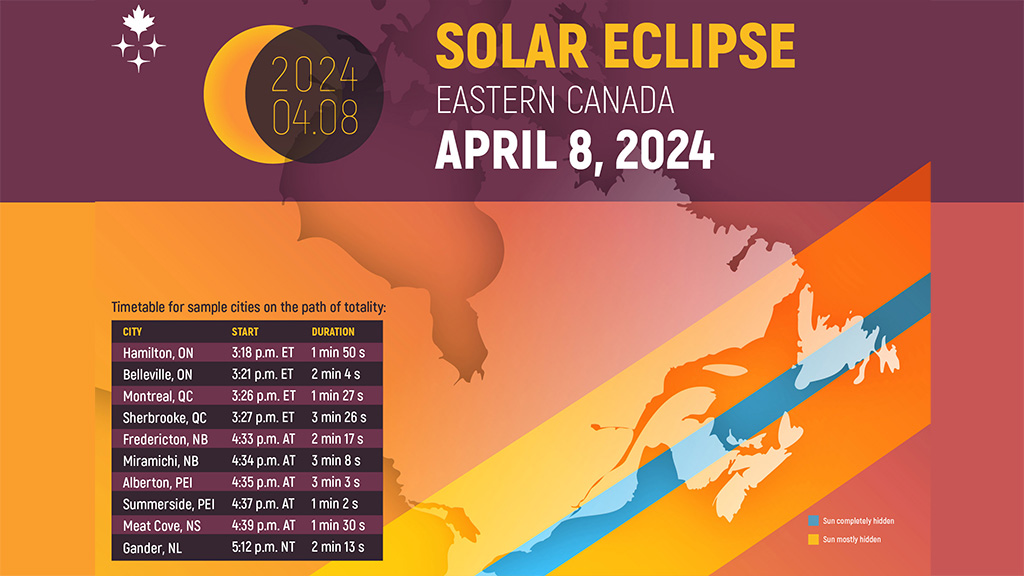

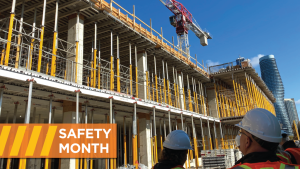
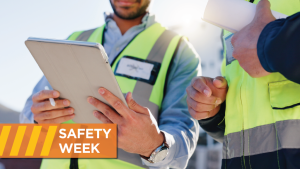
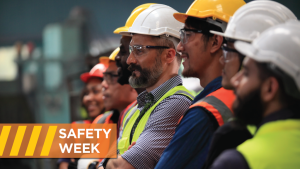

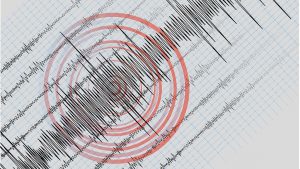
Recent Comments